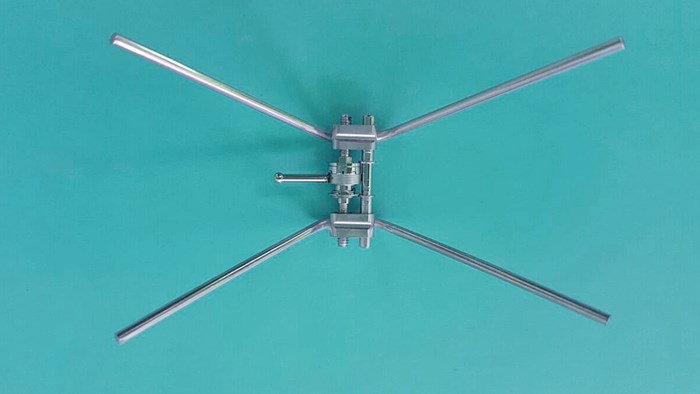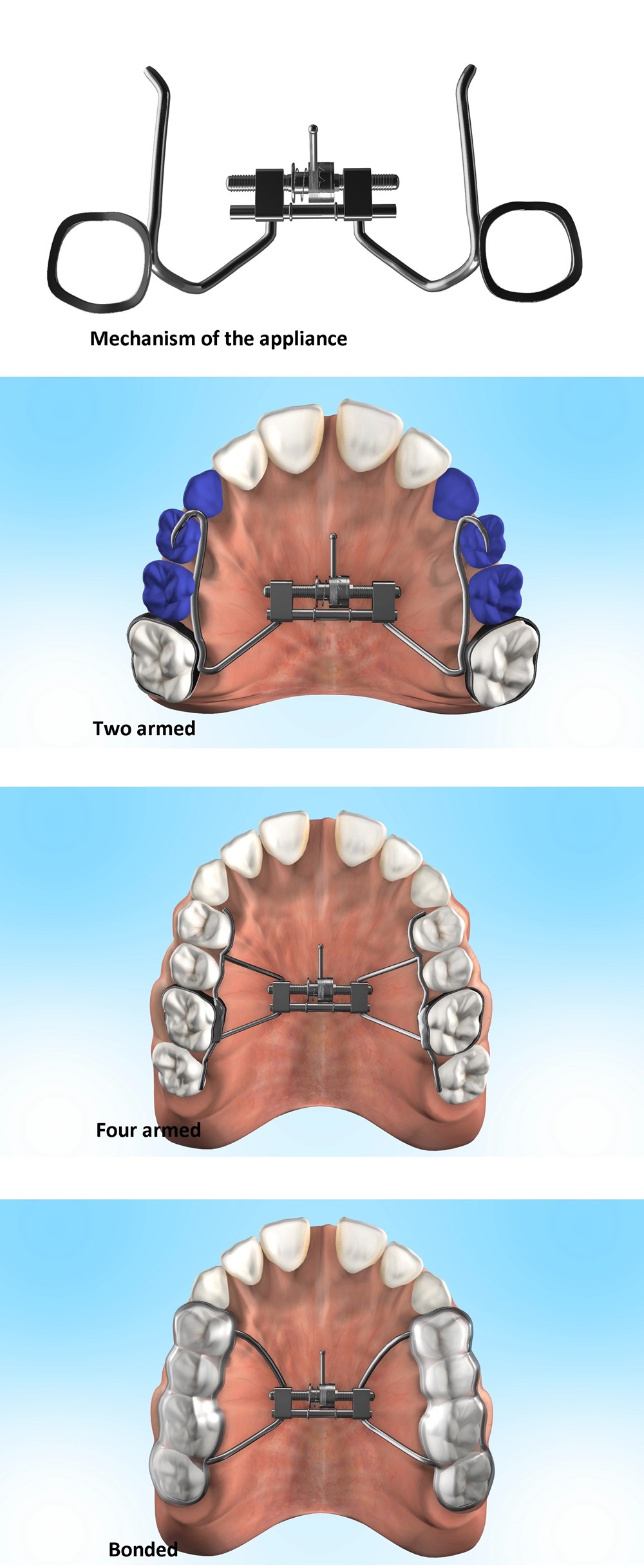
KELES KEYLESS EXPANDER
KELES KEYLESS EXPANDER
- Patent: US 7,074,036
- Patent Tarihi: 11 Temmuz 2016
- Patent: US 16/095,004
- Patent Tarihi: 19 Ekim 2018
- Patent: EU 16801877.8 - 1126
- Patent Tarihi: 19 Ekim 2018
Üst çene darlığı ve üst çenede çapraşıklık ortodontide en sık görülen sorunlar arasında yer alıyor. Üst çenedeki ilk azıların çıkmasından sonra tedavi genellikle bantlı veya kaplanmış genişletici ile hızla damak genişletilmesini gerektiriyor. Geçmişi 150 yıl öncesine uzanan damak genişletme uygulaması bugün hala popülerliğini koruyor. Bununla birlikte, vidanın bir anahtarla aktive edilmesi için hastanın/velinin sürece katılımı gerekiyor. Vidanın üzerindeki deliği görmek kolay olmadığı için anahtarı deliğe yerleştirmek de zor oluyor. Diğer yandan, sivri uçlu tel anahtarın damak mukozasını yaralama olasılığı ile yemek veya nefes borusuna kaçma riski yaygın istenmeyen sonuçlar olup bugün her ikisi de ortodontik uygulamalarda yaşanabiliyor. Bu gibi istenmeyen durumların üstesinden gelmek ve hastanın minimum katılımıyla güvenli, hızlı ve etkin damak genişletmek için daha hasta dostu yeni bir damak genişleticinin geliştirilmesi gerekiyor. Yeni geliştirilen anahtarsız genişleticinin içerdiği entegre aktivasyon kolu, hasta tarafından aktive edilebiliyor. Anahtarsız genişletici kullanılan tüm vakalarda genişletme kısa sürede etkin bir biçimde sağlanıyor.

